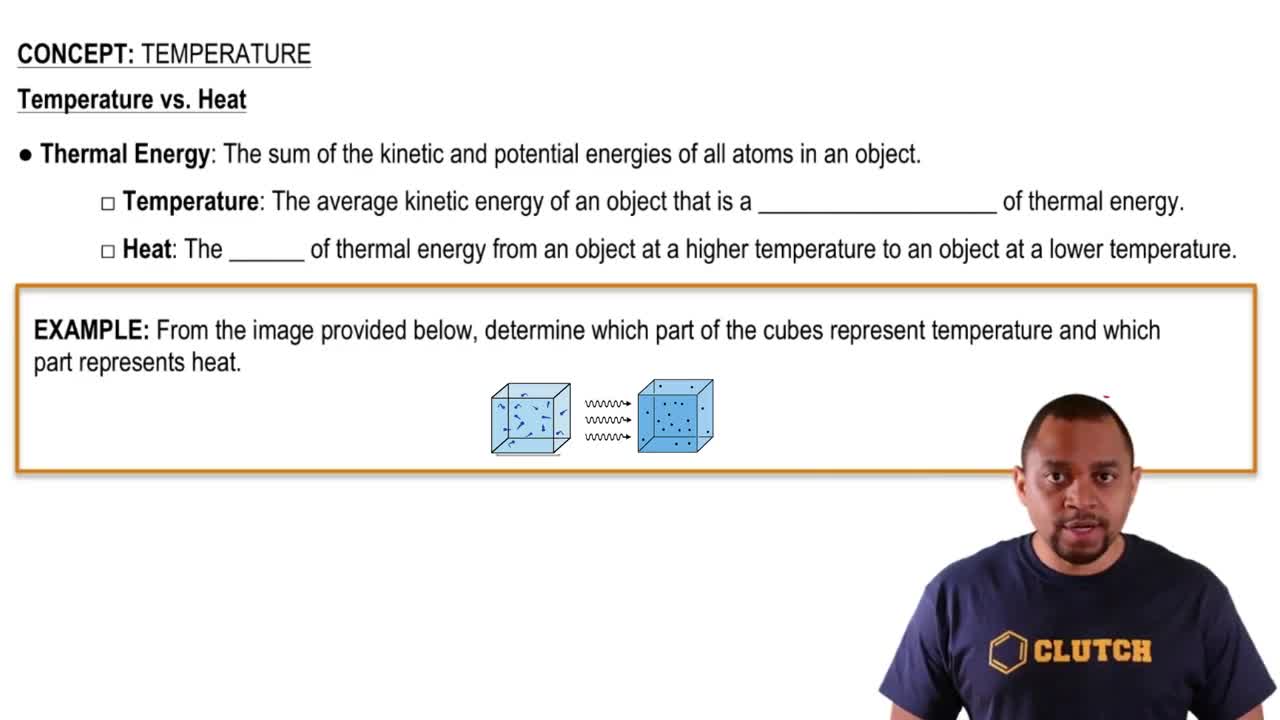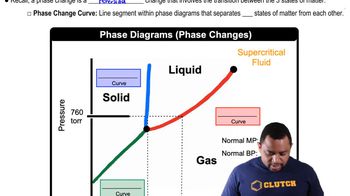Here are the essential concepts you must grasp in order to answer the question correctly.
Liquid Crystals
Liquid crystals are substances that exhibit properties between those of liquids and solid crystals. They can flow like a liquid but have some degree of molecular order, which allows them to align in specific orientations under certain conditions, such as temperature changes. Understanding how temperature affects the alignment of molecules in liquid crystals is crucial for interpreting their behavior.
Recommended video:
The crystal field splitting pattern for octahedral complexes has the d orbitals on or along the axes as having the higher energy.
Temperature and Molecular Motion
Temperature is a measure of the average kinetic energy of molecules in a substance. As temperature increases, molecular motion becomes more vigorous, which can lead to changes in the state of matter. In the context of liquid crystals, higher temperatures typically result in a greater degree of disorder among the molecules, affecting their alignment and the overall properties of the material.
Recommended video:
Phase Transitions
Phase transitions refer to the changes in the state of matter that occur at specific temperatures, such as melting or boiling. In liquid crystals, these transitions can involve shifts between ordered and disordered phases, influenced by temperature. Identifying the highest temperature among T1, T2, and T3 involves understanding which temperature corresponds to the most disordered phase of the liquid crystal.
Recommended video:
Phase Changes in Diagrams




